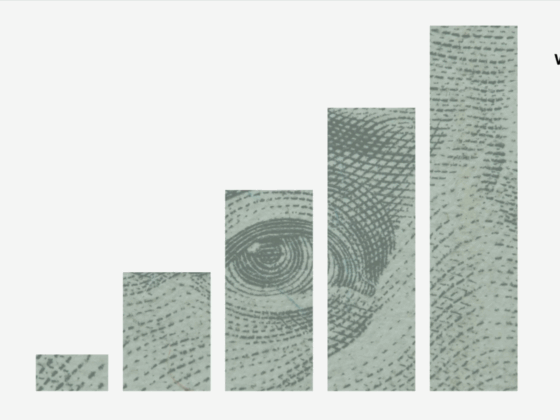
The Consumer Price Index rose 2.9% for the 12 months ending August, after rising 2.7% in July, according to federal data released Thursday morning. This marked the highest inflationary uptick since January as many of President Trump’s tariff policies went into effect in August.
Food overall was up 3.2% versus the same period last year, with food at home (grocery/supermarket) prices up 2.7% and food away from home (restaurants) up 3.9%. The index for full-service meals rose 4.6%, accelerating from 4.4% in July, and marking the fastest annual pace since September 2023, according to the National Restaurant Association.
The August index for limited-service meals rose 3.2%, versus 3.3% in July, marking a post-pandemic low. This suggests the intensifying value environment is moving the needle toward lower menu prices. However, according to Revenue Management Solutions data, traffic in the limited-service category was down 1.2% in August versus August 2024.
Regionally, the South posted the fastest menu price growth in August, with prices up 0.4% during the month and 4.1% year-over-year. By comparison, annual growth was up 4% in the West, 3.9% in the Northeast, and 3.6% in the Midwest, according to the association.
August’s grocery prices outpaced menu prices for the first time since March, up 0.6% month-over-month, versus restaurant prices, which were up 0.3%. All six major grocery food group indexes ticked up in August, including meats, poultry, eggs, and fish, which rose 5.6% over the last 12 months. In total, food-at-home inflation is at its highest level since August 2023.
Because of this spike, the gap between grocery and menu inflation shrunk to its smallest level since March 2023, according to Kalinowski Equity Research. That said, restaurant inflation continued to outpace grocery inflation for the 29th month in a row, which has in part driven a soft same-store sales environment for the past several quarters.
“So far, 2025 has been a mixed bag on the inflation front. Things have improved relative to 2024. However, the gap in favor of grocery stores/supermarkets is still notable. All in all, this dynamic suggests that inflation is likely weighing on restaurant industry sales trends to some degree. In our view, this probably will continue to happen over the remainder of 2025,” chief executive officer Mark Kalinowski wrote in a note published Thursday.
“This morning’s CPI report showed prices edging higher, a reminder that inflationary pressure isn’t going away quietly,” added Restaurant365 general manager of inventory and purchasing Joe Hannon. “Operators responding best are rethinking how they buy, prep, and portion. That means doubling down on contract purchasing, building flexible menus that can absorb ingredient swings, and using tech to catch creeping costs before they snowball. Guests may be more cautious with discretionary dollars, but they’ll still pay for value they can see. Positioning the right dishes as both craveable and cost-smart can soften inflation’s bite.”
Contact Alicia Kelso at [email protected]








